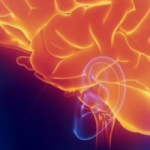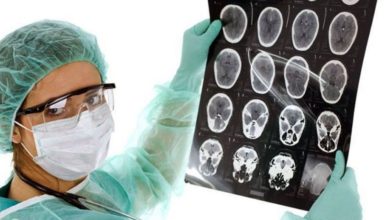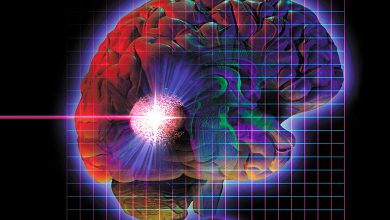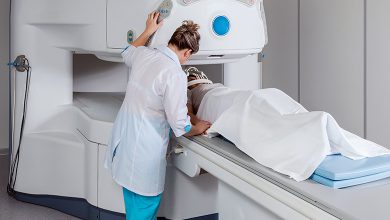Brain tumor (ICD code 10)
The content of the article
A tumor is usually understood as all brain tumors, that is, benign and malignant. This disease is included in the international classification of diseases, each of which is assigned a code, brain tumor code according to ICD 10: C71 denotes a malignant tumor, and D33 denotes a benign neoplasm of the brain and other parts of the central nervous system.
Since this disease is classified as oncology, the causes of brain cancer, as well as other diseases in this category, are still unknown. But there is a theory that experts in this field adhere to. It is based on multifactoriality - brain cancer can develop under the influence of several factors simultaneously, hence the name of the theory. The most common factors include:
- hereditary - if someone in the family suffered from cancer, then the likelihood that the disease will manifest itself in the next generation is very high;
- radiation;
- influence of harmful conditions at work. Especially common among those who work with hazardous chemical and biological substances;
- belonging to a certain race, for example, representatives of the Caucasian race are more susceptible to cancer than others.
Main symptoms
The following symptoms and disorders may indicate the presence of a brain tumor (ICD code 10):
- an increase in the volume of the medulla, and subsequently an increase in intracranial pressure;
- cephalgic syndrome, which is accompanied by severe headaches, especially in the morning and during changes in body position, as well as vomiting;
- systemic dizziness. It differs from the usual one in that the patient feels that the objects around him are rotating. The cause of this disease is a disruption of the blood supply, that is, when blood cannot circulate normally and enter the brain;
- disruption of the brain’s perception of the surrounding world;
- disruption of musculoskeletal function, development of paralysis - localization depends on the area of brain damage;
- epileptic and convulsive seizures;
- impairment of the organs of speech and hearing: speech becomes slurred and incomprehensible, and instead of sounds only noise is heard;
- loss of concentration, complete confusion, and other symptoms are also possible.
Brain tumor: stages
The stages of cancer are usually distinguished by clinical signs and there are only 4 of them. At the first stage, the most common symptoms appear, for example, headaches, weakness and dizziness. Since these symptoms cannot directly indicate the presence of cancer, even doctors cannot detect cancer at an early stage. However, there is still a small chance of detection; cases of cancer being detected during computer diagnostics MRI .
In the second stage, the symptoms are more pronounced, in addition, patients experience impaired vision and coordination of movements. The most effective way to detect a brain tumor is an MRI. At this stage, in 75% of cases, a positive outcome is possible as a result of surgery.
The third stage is characterized by impaired vision, hearing and motor function, increased body temperature, and rapid fatigue. At this stage, the disease penetrates deeper and begins to destroy lymph nodes and tissues, and then spreads to other organs.
The fourth stage of brain cancer is glioblastoma , which is the most aggressive and dangerous form of the disease, it is diagnosed in 50% of cases. Glioblastoma of the brain has an ICD 10 code - C71.9 and is characterized as a multiforme disease. This brain tumor belongs to the subgroup of astrocytic gliomas . It usually develops as a result of the transformation of a benign tumor into a malignant one.
Treatment options for brain cancer
Unfortunately, cancer is one of the most dangerous diseases and difficult to treat, especially brain oncology. However, there are methods that can stop further cell destruction, and they are successfully used in medicine. The most famous among them are chemotherapy , surgery and radiation therapy .
Tumor treatment is done to slow down and spread cell destruction. But the tumor is accompanied by unbearable pain, in such cases an operation is performed to remove it. The condition gradually stabilizes after removal of the infected tissue, but complete restoration of the affected part of the brain requires a lot of time and special training.
Please rate the article:






